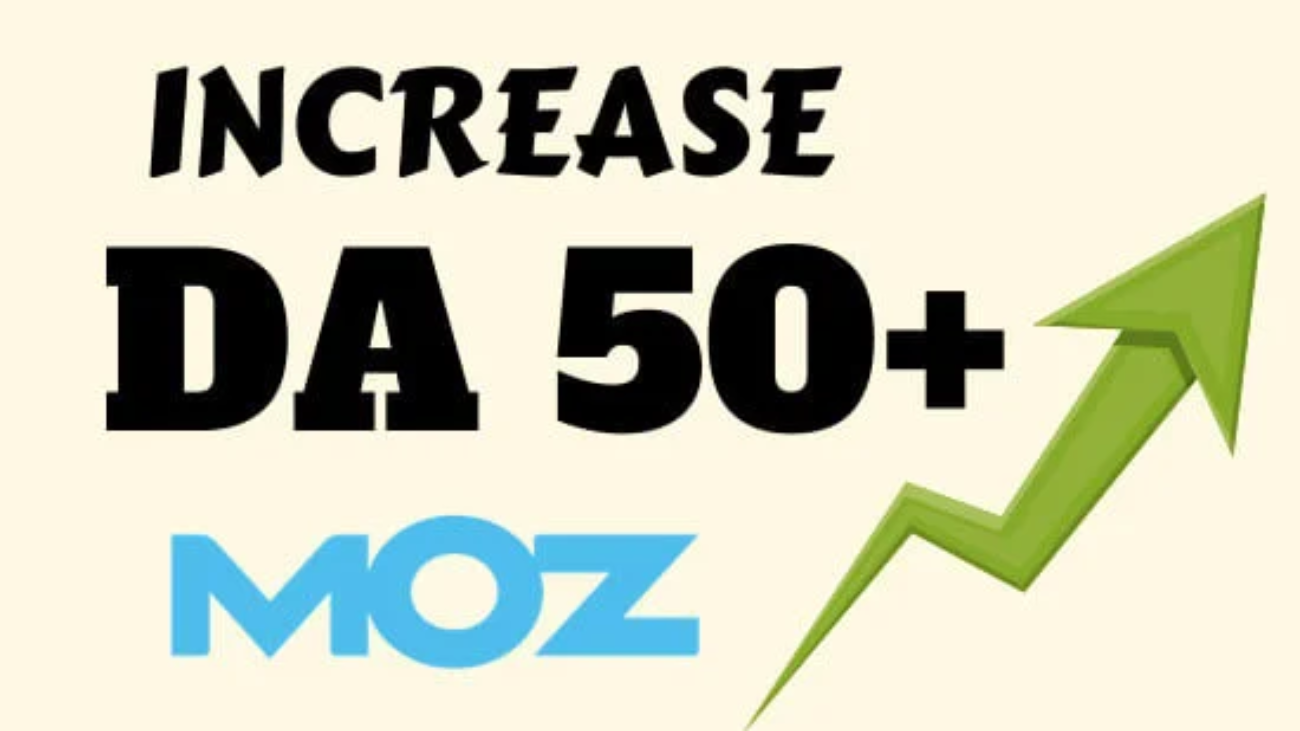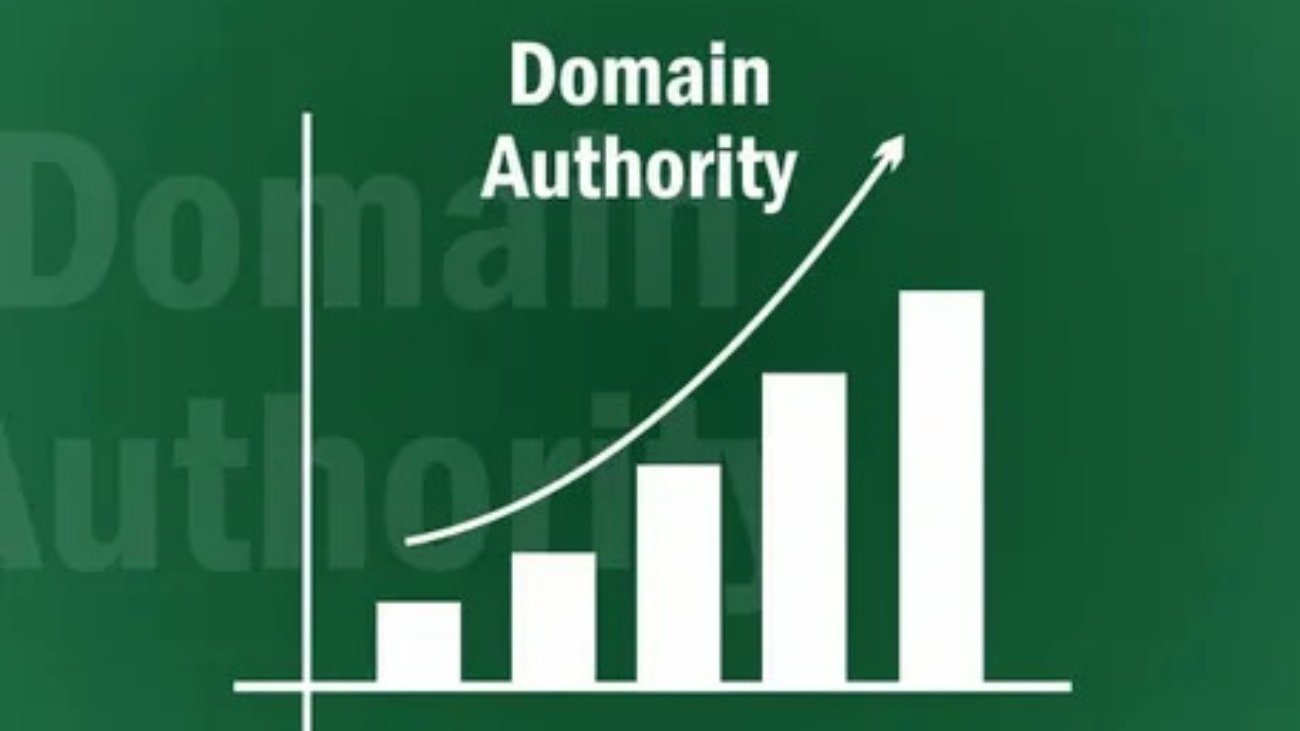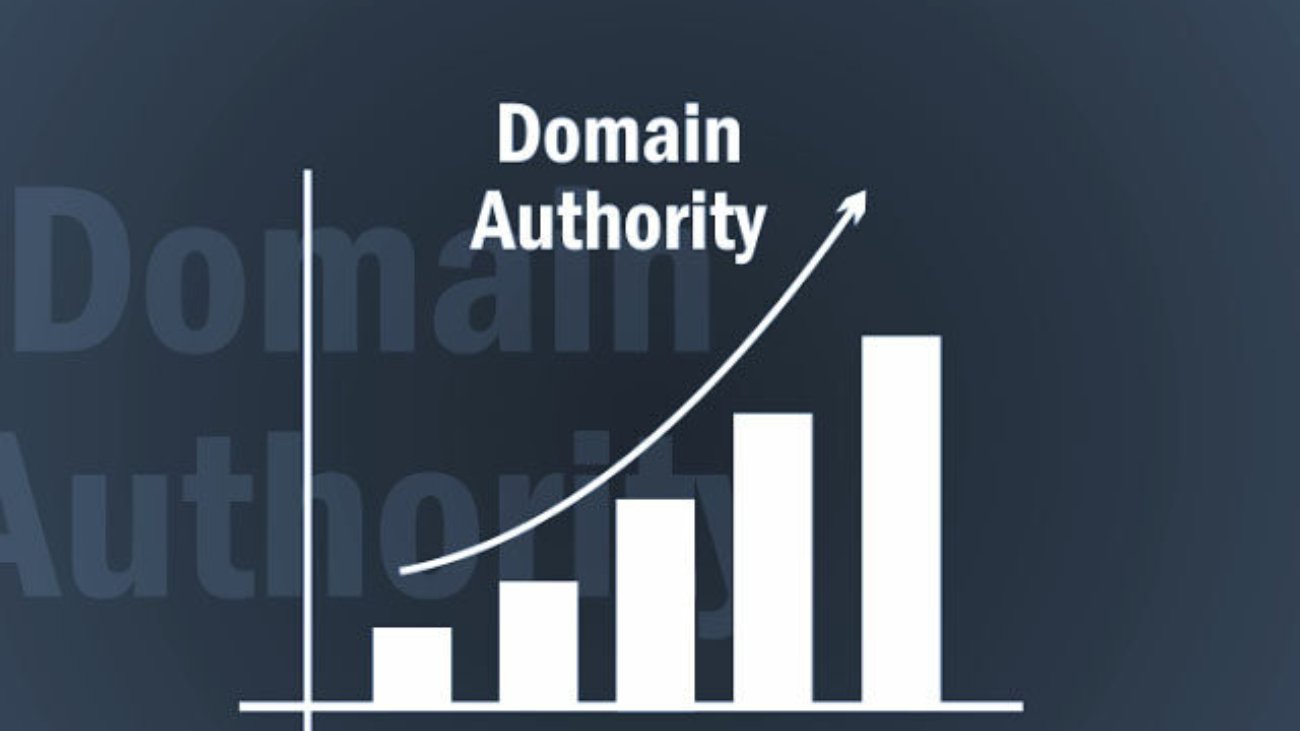When it comes to succeeding in the digital world, visibility on Google’s search engine results pages (SERPs) is everything. With over 200 ranking signals in its algorithm, Google continuously updates how it ranks web pages. However, not all factors are created equal. Some have a massive impact on your ranking, while others serve as supportive signals.
In this comprehensive guide, we’ll break down the top 10 Google ranking factors, explain how they affect your SEO performance, and share actionable tips to optimize each one. Whether you’re a beginner or a seasoned SEO professional, mastering these elements will significantly improve your site’s visibility and performance.
Table of Contents
- Quality Content
- Backlinks
- Mobile-Friendliness
- Page Speed
- On-Page SEO
- Internal Linking
- User Experience (UX) Signals
- HTTPS – Website Security
- Domain Authority & Age
- Technical SEO & Crawlability
1. Quality Content
Why it matters:
Google’s primary goal is to deliver the most relevant and valuable content to users. This makes high-quality content the #1 ranking factor.
What constitutes quality content?
-
Original and in-depth insights
-
Clear and accurate information
-
Use of relevant keywords and semantic SEO
-
Proper formatting with headings and subheadings
-
Regular content updates
SEO Skills & Strategy:
-
Master keyword research to align content with search intent.
-
Learn content optimization techniques using tools like Surfer-SEO or Clear-scope.
-
Implement semantic keyword usage for better topic coverage.
2. Backlinks
Why it matters:
Backlinks remain one of Google’s strongest indicators of trust and authority. A backlink from a reputable site acts as a vote of confidence.
Key backlink qualities:
-
Authority of the linking domain
-
Relevance to your niche
-
Natural and diverse anchor text
-
Editorial vs. spammy links
SEO Strategy Tips:
-
Use white-hat link-building tactics (e.g., guest posting, PR, skyscraper technique).
-
Monitor backlinks with Ahrefs or SEMrush.
-
Disavow toxic links to maintain site health.
3. Mobile-Friendliness
Why it matters:
With Google’s mobile-first indexing, the mobile version of your site is now the primary version it indexes and ranks.
Optimization tactics:
-
Use responsive web design
-
Eliminate intrusive interstitials
-
Test usability across various mobile devices
SEO Skills to Master:
-
Use Google Mobile-Friendly Test Tool
-
Ensure a seamless UX across all screen sizes
-
Improve mobile loading speed
4. Page Speed
Why it matters:
Faster pages lead to better UX and lower bounce rates, which are essential ranking signals.
Tools to test and optimize:
-
Google PageSpeed Insights
-
GTmetrix
-
Lighthouse Audit
Optimization Checklist:
-
Compress images (e.g., WebP format)
-
Use browser caching and lazy loading
-
Minify CSS, JavaScript, and HTML
Strategic Tip:
Use a Content Delivery Network (CDN) like Cloud-flare to speed up global access.
5. On-Page SEO
Why it matters:
Optimizing on-page elements like meta tags, headings, and images helps Google understand your content more efficiently.
Must-optimize elements:
-
Title tag and meta description
-
H1, H2, H3 headings
-
URL structure
-
Keyword placement
-
Alt tags for images
Skills to Practice:
-
Keyword mapping
-
Use SEO plugins like Yoast or Rank Math for automation
-
Perform on-page SEO audits monthly
6. Internal Linking
Why it matters:
Strategic internal links help spread link equity, improve crawlability, and establish topical relevance within your website.
Best Practices:
-
Link to related blog posts, product pages, or pillar content
-
Use descriptive anchor text
-
Fix orphan pages (pages with no internal links)
Pro Tip:
Create topic clusters with a central pillar page and supportive blog posts linking in both directions.
7. User Experience (UX) Signals
Why it matters:
Google uses behavioral data to judge content value. Metrics like bounce rate, session duration, and click-through rate (CTR) influence rankings.
UX Signals to Monitor:
-
Time on page
-
Scroll depth
-
Dwell time
-
Pogo-sticking (returning to SERP quickly)
Strategies:
-
Use clear CTA buttons
-
Improve content readability
-
Add multimedia elements (images, videos, infographics)
SEO Tools:
-
Google Analytics
-
Hotjar (for heatmaps and behavior analysis)
-
Microsoft Clarity (free UX behavior tool)
8. HTTPS – Website Security
Why it matters:
Google confirmed HTTPS as a ranking signal back in 2014. It’s a must-have for both security and trust.
What to Do:
-
Install an SSL certificate
-
Redirect HTTP to HTTPS
-
Update internal links to HTTPS versions
Pro Strategy:
Check for mixed content issues that can affect indexing and user trust.
9. Domain Authority & Age
Why it matters:
Older domains with established reputations tend to perform better, though this is not a standalone ranking factor.
How to build authority:
-
Consistent publishing of high-quality content
-
Earn authoritative backlinks
-
Build brand mentions and engagement across the web
SEO Tip:
Use Moz’s DA (Domain Authority) and Ahrefs’ DR (Domain Rating) to benchmark your site against competitors.
10. Technical SEO & Crawlability
Why it matters:
If Google can’t crawl or index your site properly, your SEO efforts won’t pay off—no matter how great your content is.
Key elements of Technical SEO:
-
Robots.txt configuration
-
XML sitemap submission
-
Canonical tags
-
Structured data (Schema markup)
-
Fixing crawl errors and broken links
Strategic Tools:
-
Google Search Console
-
Screaming Frog SEO Spider
-
Sitebulb
How to Prioritize Google Ranking Factors in Your SEO Strategy
While knowing the top 10 Google ranking factors is essential, implementing them efficiently is what truly drives results. SEO is a long-term game, and prioritization is key especially if you’re managing a smaller team or limited resources.
Step-by-Step SEO Prioritization Strategy
Audit Your Website
Start by running a full SEO site audit using tools like Screaming Frog, SEMrush, or Ahrefs. Identify technical errors, crawl issues, slow-loading pages, and duplicate content.
Fix Technical Issues First
Broken links, missing meta tags, and poor crawlability will hurt your rankings regardless of content quality. Always begin by fixing technical SEO problems to ensure Google can properly index your site.
Optimize High-Value Pages
Focus on optimizing pages that already get some traffic or rank on page two. Improve on-page SEO, update content, and enhance internal links to boost their performance.
Improve Core Web Vitals
Prioritize improving your Core Web Vitals scores especially Largest Contentful Paint (LCP) and Cumulative Layout Shift (CLS). These are direct ranking signals tied to user experience.
Build Strategic Backlinks
Use content marketing and outreach to earn backlinks to your most important pages. A few high-authority backlinks can outperform hundreds of low-quality ones.
Monitor and Adjust
SEO is never “done.” Use Google Search Console and Google Analytics 4 to monitor user behavior, CTR, and rankings. Continuously refine your approach based on performance data.
Bonus: Emerging Ranking Factors in 2025
While the above are foundational, here are a few emerging SEO trends to keep an eye on:
-
AI-Driven Search: Optimize for intent rather than just keywords.
-
E-E-A-T (Experience, Expertise, Authoritativeness, Trustworthiness): Google is refining how it assesses content quality.
-
Core Web Vitals: Metrics like LCP, FID, and CLS are critical.
-
Voice Search Optimization: Use natural language and answer-focused content.
-
Video SEO: Optimize videos with transcripts, schema, and relevant metadata.
Final Thoughts
Google’s ranking algorithm is a complex, evolving system. However, understanding and optimizing for these top 10 ranking factors gives you a competitive edge.
By mastering core SEO skills like keyword mapping, on-page optimization, technical SEO, and link-building you can not only improve your visibility but also build long-term search authority.
Your Action Plan:
- Perform a site audit using tools like SEMrush or Ahrefs.
- Identify weak points in your SEO strategy.
- Optimize content quality and link structure.
- Monitor performance monthly and iterate.
In 2025 and beyond, SEO is not about gaming the algorithm it’s about delivering real value. Focus on these fundamentals, and the rankings will follow.





